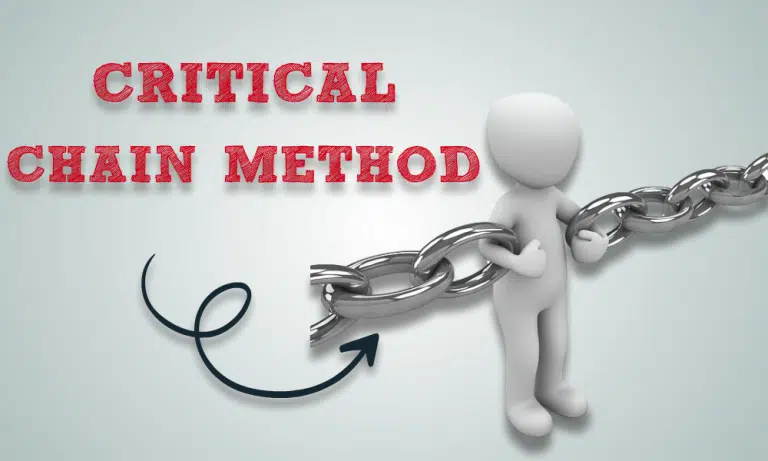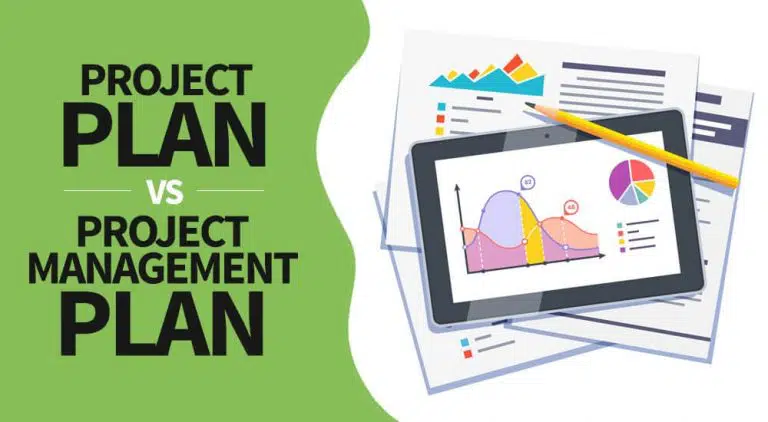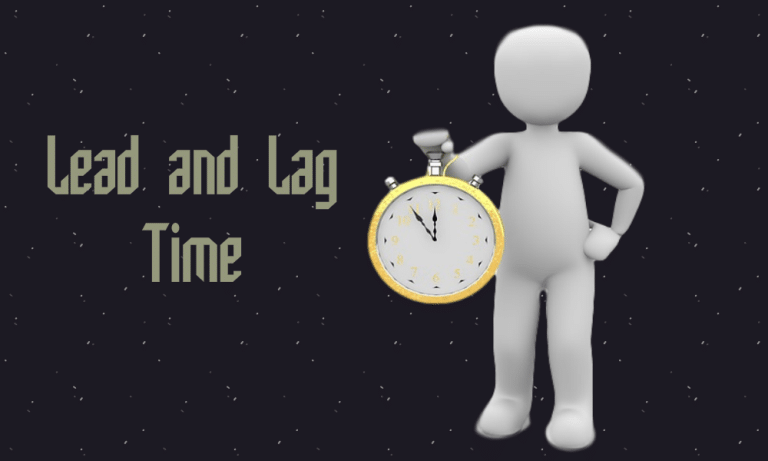The project manager is responsible for identifying the stakeholders, collecting requirements, and developing the project plan. Developing a project plan is essential to ensuring the project’s success.
Today’s blog post will discuss the project plan, its importance, and how to write a project plan.
Why Are Project Plans Important?
If there isn’t a plan for the project, the project team won’t know how to move forward. The project will not have any performance baselines to monitor its progress, and the project will be a disaster.
There are many reasons why planning projects are important. Some of them are as follows:
#1. Improve Performance and Success Rate
According to a PMI survey, 37% of projects fail, and 70% of these failures are caused by leaders’ incompetence in outlining goals and milestones.
It is not always as easy to fulfill the project goal as it may appear on the surface. The planning of a project entails many procedures, including developing plans, planning tasks, creating baselines, and assigning roles to team members.
It is important to clarify the roles and responsibilities of the team members to avoid misunderstanding and conflicts and outline project objectives and milestones to the project team to provide them with clear guidance.
#2. Reduces Costs
Project failures are expensive. Even projects that are completed successfully can lose money owing to poor planning. A thorough project plan helps organize the project, give foresight, ensure that the appropriate processes are used, minimize waste, and encourage team members, all of which will improve project performance and reduce costs.
A badly planned project will face challenges and delays that were not foreseen, and it cause scope creep. The term “scope creep” refers to the uncontrolled change in scope that affects the project objectives negatively.
#3. Improves Teamwork and Communication
A successful project completion requires effective teamwork and sound communication.
A project plan addresses the communication needs of the team and determines the most effective communication methods and technologies to keep the team connected and engaged throughout the life cycle of the project.
You can engage team members through tools like chat, email, shared documents, virtual meetings, and other popular communication platforms.
Engagement motivates team members, and it affects performance positively.
#4. Efficient Resource Utilization
Without planning, it is impossible for a business allocates and uses resources optimally.
A project plan includes a resource management plan; you will know when the team member will complete that task, when a tool is required, if the office space is insufficient, etc. With a project plan, you will know if amiable resources are enough.
#5. Keeps the Team on Course
Projects can lose track if unforeseen incidents, such as employees getting sick, are not planned.
Even though projects will invariably face insignificant obstacles, the effects of such occurrences can be mitigated with careful planning. A solid project management plan guarantees that it will be finished on time and without exceeding the budget.
It is much simpler for project managers to convert articulated and specific goals into quantitative indicators of the project’s level of achievement. When KPIs are thoroughly mapped out throughout the project planning phase, it is easier to assess the project’s performance over time and choose how to modify it to get the desired outcomes.
How To Write A Project Plan?
You can follow the following steps to write a project plan:
- Create a Project Summary: Create a project summary. You can specify project objectives, deliverables, project success criteria, etc. Add the project details, description, name of the project sponsors, etc.
- Define the Project Scope: The next step is collecting requirements and developing the scope. This project scope is the basis of your project plan. The project scope includes all work required to complete the project. To avoid scope creep, you can exclude what is not included in the project.
- Develop Project Schedule: The project’s progress is measured against the schedule baseline, one of the three performance baselines. The project schedule outlines each activity’s beginning and end dates and any necessary resources and milestones. It also incorporates the costs of each activity and its prerequisites. To create the project schedule, you can use a Gantt chart, Kanban board, CPM, PERT, etc.
- Finalize the Project Budget: The project plan should have approved funding. So you must have a calculated budget and a cost baseline. The project cost performance is measured against this cost baseline.
- Develop Subsidiaries Project Plan: A project plan typically encompasses a variety of subsidiary plans, including communication management, schedule management, quality management, risk management, resource management, stakeholder engagement plan, and so on. Develop these plans.
- Process all Documents for Approval: The project plan should have everything needed for the project, and additional elements like the project charter, quality assurance plan, work breakdown structure (WBS), project framework, and every necessary certification and permit, and presented to the sponsor for approval.
- Save and Share the Plan: Once the project sponsor approves the project plan, save it and share it with the team and make it easily accessible so stakeholders can access it when needed. Ensure that the project documents are updated regularly to reflect the project’s status.
What Should be Included In a Project Plan?
#1. Project Scope
The entirety of the labor put in to complete the project is referred to as the project scope. It incorporates the scope baseline, the WBS dictionary, and the work breakdown structure.
It broadens the project’s objectives and the foundation on which the project plan is based. Conflicts, increased costs, and missed deadlines are all caused by a lack of clarity on the project’s scope.
#2. Project Schedule
The project schedule provides planned start and completion dates of activities when deliverables will be delivered and milestones will be achieved.
The project outputs are deliverables, and the accomplishments are milestones.
The project schedule includes a schedule baseline, and the project progress in terms of duration is measured against the schedule baseline.
The project schedule can be based on CPM, PERT, Milestones, Gantt chart, etc.
#3. Budget
The project budget, also known as Budget at Completion (BAC), provides funding for project tasks and resources. The project manager ensures sufficient finances and resources available for distribution among the various project responsibilities.
The project’s cost performance is compared to the project’s baseline cost. Schedules and budgets go hand in hand. If the project is delayed, the project is likely to go over budget.
#4. Stakeholder Management Plan
A person, or group with any interest in a project, is a stakeholder. The stakeholder management plan outlines the process for identifying and managing stakeholders based on their influence, interest, and relevance to the project.
If a stakeholder is influential and highly interested in your project, you will manage them closely; however, low influential and least interested stakeholders can be kept on a watchlist.
Tips for Writing Effective Project Plans
The following guidelines can help you write effective project plans:
- Write it Clearly: Try to avoid making things more complicated than they need to be by incorporating information that is already readily available. Include only the necessary and pertinent data, and keep language clear and uncomplicated. Avoid using jargon, and don’t include any filler material.
- Be Specific and Use the Right Formatting: Some people will view the plan, while others will read it thoroughly. Use visual charts for timetables and budgets, bullet points for lists, and bold fonts to draw attention to crucial information. With this, anyone can skim and get an idea of project planning. Detail-oriented readers can go deeper.
- Update: The project plan consists of several documents; most documents are dynamic and require constant updates. Ensure you update those documents regularly. Leaving these documents won’t serve any purpose.
- Use the Project Charter: The project chart contains key information such as the project budget, high-level risks, assumptions and constraints, names of influential stakeholders, etc. Use this information to develop your plan.
- Utilize Software and Templates: Utilizing templates for the many documents that make up the project plan is one method that can guarantee consistency throughout the project documents. Project management software packages include the ability to create, organize, and share project plan data.
- Involve Team Members: Involve your team with project planning, they are experienced in their fields, and their skills can help you write project plans.
Conclusion
Writing a project plan is a collaborative endeavor, and a single person can’t be proficient in all project activities. Your work could be simplified by working with knowledgeable team members, employing the appropriate template, and utilizing software designed for managing projects.

I am Mohammad Fahad Usmani, B.E. PMP, PMI-RMP. I have been blogging on project management topics since 2011. To date, thousands of professionals have passed the PMP exam using my resources.








Seems to be minor difference between Project charter and project plan?